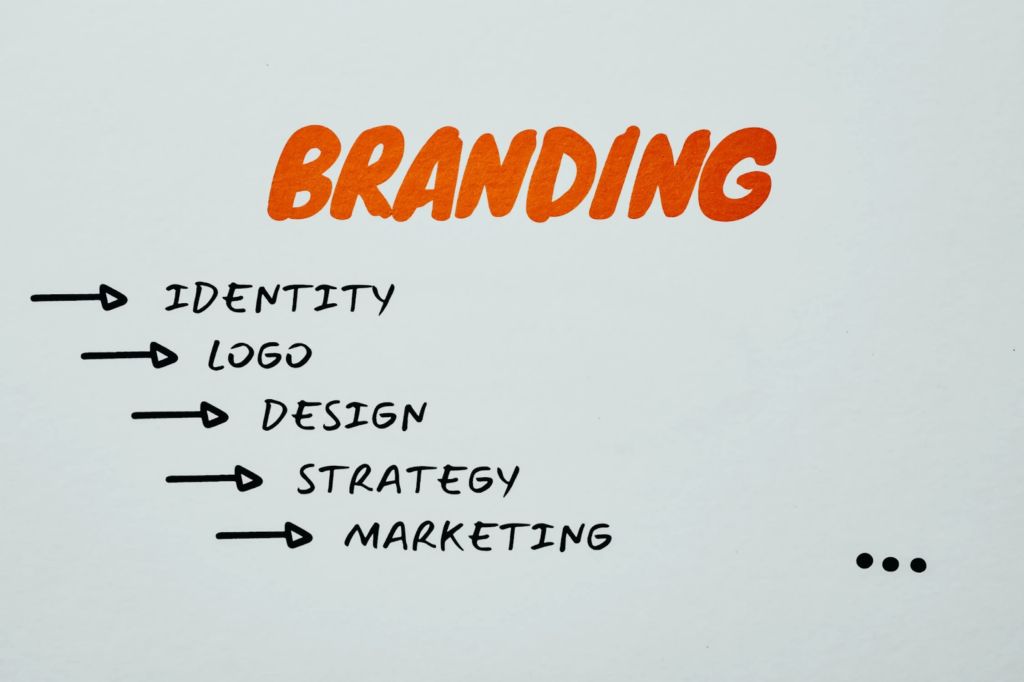
Subscribing to your favorite YouTube channel and watching their videos regularly can make you feel happy and help you beat stress. While watching your favorite videos, whether it is a song, a gaming video, sports, educational courses, a motivational speech, or something else, you have probably seen ads running before or during the YouTube video.
If you are running a business, it is very likely that the thought of creating a YouTube ad to promote your business has crossed your mind. There could be a few reasons why you would have held yourself back. Perhaps you think to yourself that it might be a complex process – but if that’s what’s keeping you from advertising on YouTube, the answer is “No”. On the contrary, making an ad is a simple process. You can make use of YouTube’s free tools and resources and create a video right on your smartphone, and then set up a YouTube ad campaign through your Google ads account. If you are still unsure, you can find a YouTube advertising partner to work with.
YouTube sees approximately 122 million users per day, which means your ad could be seen by a large number of people. It is very likely that within those millions of users, some will find your products or services to be useful and may even consider purchasing them.
Even though it is easy to create a YouTube video ad right on your smartphone, you may have reservations about its impact. Will YouTube advertising work for your business? There are several benefits of using YouTube ads for brands and businesses.
YouTube Advertising Guide to Scaling Video Ads
There are several benefits of creating YouTube video ads for your business. However, it is important to understand that you will not achieve the desired results by just creating a single YouTube video ad campaign and calling it quits. Advertisers should expand their campaigns to convert their target audiences into customers. Scaling YouTube ads is essential for amplifying the results.
Creating a campaign may be easy, but scaling it can be tricky and challenging. Here are some strategies that you can implement to scale your YouTube video ad campaigns.
Test Various Ad Campaigns and Ad Elements

As far as YouTube ads are concerned, some work really well, and some don’t work at all. That’s why it is important to test as many ads as possible if you want to scale your business. By creating more ads, you are giving more input and data to the system that helps Google to deliver the right message to the right people through its algorithm.
If you have just one ad, you will be able to scale it only to a certain point, which may not help you fetch positive results in the long run. Remember, machine learning stores the details of people who have already responded to your ads. Based on these details, the algorithm will know in advance which ad should be shown to which people. Therefore, you should create more ads and provide more data to the algorithm to test and help it find more winning ones.
Remember, in order to achieve the desired results, you should have multiple ads that work. Create good content! We know this sounds obvious, but make sure your video ads are things that people might want to see.
Set Up Retargeting Campaigns

Sometimes, good things take time and may not happen overnight. You should be patient and not rush the process. When your ad creates a good impression on your potential customers, it doesn’t mean that they will purchase your product or accept your services right away. It could be that they are not in the right headspace to buy at that point in time or maybe they are waiting for a better time to buy – for instance, during the holiday season or whenever their payday is.
This is where retargeting strategy comes into play, where you target those consumers who are already aware of your brand. The more you display your services and products before them, the more likely they become to visit your website and consider purchasing them.
Targeting new customers is good, but retargeting ones who have shown interest in your products is an effective strategy, as they are more likely to buy than new customers. By doing this, you increase the value of your leads and maximize the revenue generated from each one of your leads.
Utilize YouTube Discovery

Have you ever noticed videos with a yellow ad tag appearing with the rest of the video search results? These are YouTube discovery ads, also known as TrueView video discovery ads.
YouTube discovery is an excellent resource and a boon for business owners who want to advertise their products and display them in front of the right people.
YouTube discovery places your product or services alongside YouTube content that is likely to be viewed by your target audience. You can also find these ads placed in related search results as “watch next” content and in the YouTube home feed.
TrueView discovery ads do not interrupt viewers’ video views, unlike in-stream ads. Therefore, choosing this option will help you reach more people as many viewers prefer watching such videos where there is no interruption.
YouTube discovery is also an advertiser-friendly feature as you will only have to pay when a consumer clicks on your ad, thereby helping you get a free brand impression for your business.
Some Incredible Benefits of Using YouTube Ads for Your Business
Here are some benefits of advertising your business on YouTube:
Massive Reach
- It is a known fact that the human brain processes videos and images faster than text. According to Google research, almost 55% of consumers refer to online videos to research the products that they want to buy. If you think this is not a strong enough reason to consider YouTube video ads, then there is more.
- YouTube has more than two billion monthly active users who consume over one billion hours of videos on a daily basis, which equates to about five billion videos. These massive numbers are more than enough to demonstrate value to anyone wondering about creating YouTube video ads for their business.
Video Ad Targeting Features

- Your brand may appeal to a certain audience depending on the age group, gender, demographics, content, and so on. It is always important to take the necessary steps to reach your target audience as they are your potential customers. YouTube’s video ad targeting features allow you to reach out to your target audience.
- Demographic targeting is one such feature that allows you to target potential customers based on age, gender, and location where they reside. Some other important video ads targeting criteria include In-market audiences, video remarketing, and more.
Affordable and Easy to Track and Measure

- Small business owners, or people who have recently started a business, assume that advertising on YouTube requires them to shell out a fortune since it is a big platform with a big reach. While this assumption sounds practical, it is far from true.
- A typical YouTube video ad impression will cost you $0.01-$0.03 depending on the ad format, video quality, industry, targeting, and so on. In fact, YouTube video ads are advertiser-friendly as they offer five seconds of free advertising, which means YouTube doesn’t charge advertisers for those viewers who skip the ads before the 5-second mark.
- YouTube allows advertisers to track and measure their ads to see which ones are working and which ones are not. This allows advertisers to stop wasting money on ads that are not striking a chord with the audience. Alternatively, the advertisers can also tweak and adjust the ads to improve their effectiveness.
Final Thoughts
YouTube is the second most popular search engine. It is worth investing in and is one of the best platforms that brands can leverage for their branding and marketing activities. YouTube is a highly effective platform that has a vast and unique reach. If you aren’t using YouTube to market, consider grabbing your smartphone right away to create YouTube ads and use this unique opportunity to present highly-engaging video ad content to your audience. However, you should explore all your options, consider all the possibilities, and choose wisely before you go all-in with YouTube ads.
Featured image by Brands&People on Unsplash
The post YouTube Advertising Guide to Scaling Video Ads appeared first on noupe.













